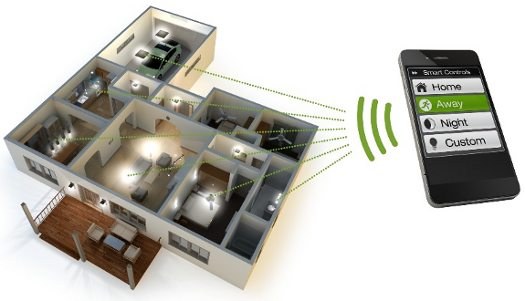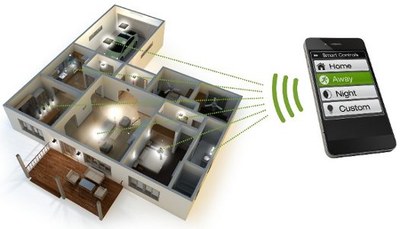Annual Revenue of Sensors for Intelligent Lighting to Reach USD2.7bn by 2020
Worldwide revenue from occupancy sensors, photosensors, and lighting network control gear will grow from $1.1 billion annually in 2013 to nearly $2.7 billion by 2020 forecasts market intelligence analyst Navigant Research.
According to a new report released by Navigant Research entitled 'Intelligent Lighting Controls for Commercial Buildings' as falling prices for light-emitting diode (LED) lighting systems drive up adoption rates of LED lamps in the coming years, the adoption of intelligent lighting controls is also expected to accelerate. Intelligent lighting controls, including occupancy sensors, photosensors, and networked controls, offer building owners and managers the same central monitoring and management capabilities for lighting systems that they are accustomed to having for their heating, ventilation, and air conditioning systems.
“The market for lighting controls in commercial buildings has expanded and transformed dramatically in recent years, as creative ways to visualize lighting usage and new strategies to manage lighting energy consumption proliferate,” said Jesse Foote, research analyst with Navigant Research. “Pure-play startup companies are leading this wave of innovation, but the large, traditional lighting companies have begun offering a range of intelligent lighting control products, as well.”
Helping to drive this transformation are stringent building codes, which have begun requiring controls for more and more applications. In both the United States and Europe, new regulations will set a high bar for overall lighting energy reduction, according to the report. These reductions will require the adoption of occupancy sensors, photosensors, and other intelligent lighting technologies.
The report, “Intelligent Lighting Controls for Commercial Buildings”, analyzes the global market for lighting controls for commercial buildings, including both new construction and retrofits. Sensors, ballasts, drivers, switches, relays, controllers, and communications technologies are examined, with a specific focus on networked lighting controls. The report details the market drivers for these technologies, as well as barriers to adoption, and includes profiles of select industry players. Market forecasts for unit shipments and revenue for each type of equipment, segmented by region and building type, extend through 2020. Forecasts are also broken out for control equipment in buildings with networked lighting controls, as well as for wireless lighting controls and LED drivers. An Executive Summary of the report is available for free download on the Navigant Research website.
Visit Navigant Research at www.navigantresearch.com


